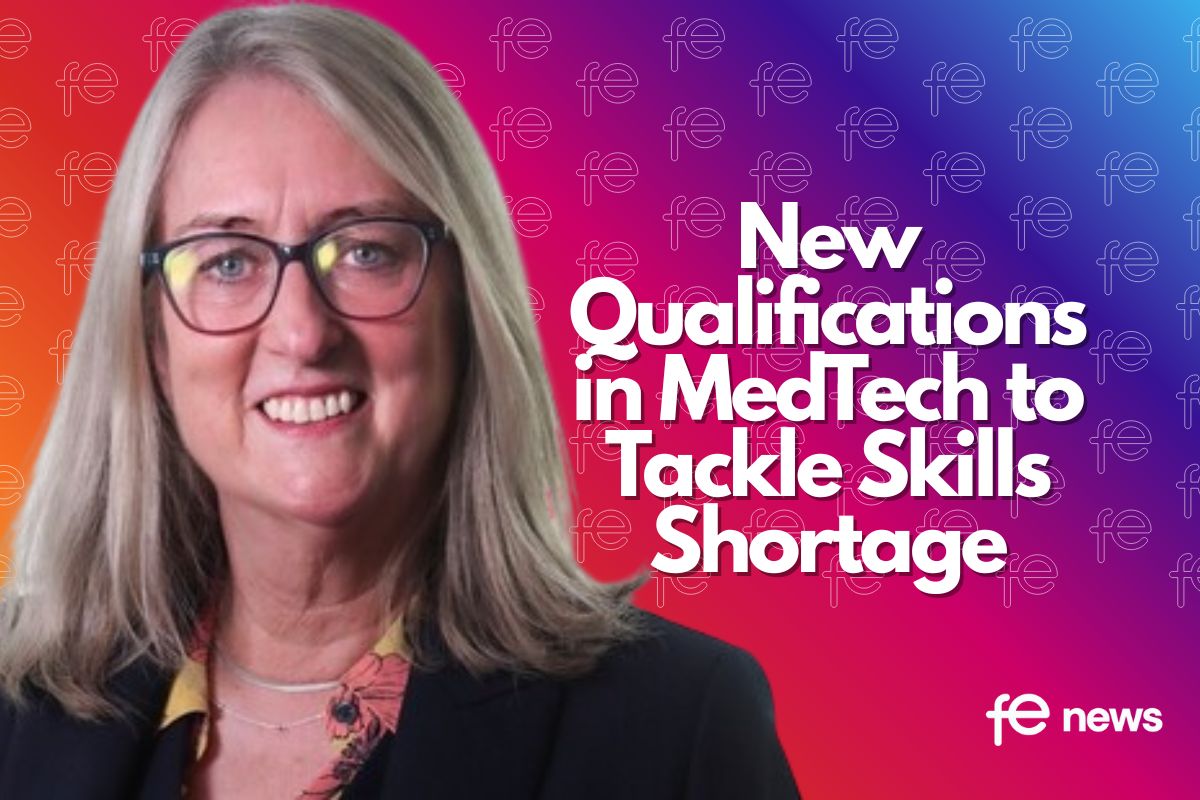How FE Colleges can quickly develop a Covid Safety Toolkit

Covid-19 continues and looks set to be with us for some time yet. To avoid becoming overburdened it means we need to create processes and systems to operate FE colleges safely during the coming months.
One approach to achieve this by creating a Covid Safety Toolkit. This is a package of tools that will help you keep track of the changes and the ever-increasing regulation and actions you need to stay on top of.
For example, Thomson Screening has developed a toolkit to help colleges to work through what’s needed and how to action it. It provides a checklist, training and sample documentation. Although creating a toolkit may sound overwhelming, the good news is; none of these activities is new. Colleges do them all the time. What’s different now, is that each action needs a specific “Covid flavoured” version.
What is a toolkit?
It is as simple as LEGO: rather than creating individual processes and lots of standalone documents, you bring together, all in one place, every item you will need to respond to Covid.
For example, the text you use on displays in the college can also be used on your website, in staff manuals or compliance documents. Covid affects all parts of a college and requirements change rapidly.
Imagine if you had to check and update them all, one at a time. The chances of missing one or keeping out of date information is quite high and the task is daunting.
That’s where a toolkit can help, and why it’s important to have one (whether you create it yourself, or buy it in, for your college and ensure everything you need is in one place.
What should a Toolkit contain?
- Governance framework
- Risk management including individual and group risk assessments
- Action plans
- Communications plans
- Review and update plan
Governance: You need to decide who is in charge: Who has oversight of all your Covid related activities; where does the buck stop? Several months into Covid, this has probably been done ages ago, so you might as well put it into your Covid Policy and make sure everyone knows it.
Risk management: This is all the changes, adaptations and new ways of working you put in place in response to Covid, and hopefully you shouldn’t need to do them over again. If these are risk assessment based and clearly documented (a simple excel sheet will do, the key is clarity, not length), you can quickly check what needs updating if there is a local or national change in guidelines. Most of your arrangements can probably stay as they are, but do you know which ones need to change and how? If your original assessment is at hand, in an easy-to-access document, you can revise it very quickly.
You may need to assess an individual person’s risks as well. For example, a learner who has recently had Covid will need different kinds of support than someone who has never had it, or someone who lives with an elderly relative. Our general understanding of risks relating to specific groups: young people, healthcare workers, etc. is much better than earlier in the year and is constantly improving. You might want to fine-tune your risk groups at regular intervals. Again, this is where having a central document will save you time.
Action plans: This goes hand in hand with your risk assessment changes. If there’s been no change then no action is needed. If there has been a specific change in risk, then you’ll need to change the mitigation that helps reduce that risk.
If you do this by modules or sections for each area of your college each building or physical space, you will be able make the changes much faster and you can also check that you haven’t missed anything.
Communications plan
This is where Covid specific planning pays a lot of dividends. It is worth dedicating some time to this as it’s the area that is likely to change most often. Here are the key points to consider:
- Understand your audience (learners, staff, suppliers etc.)
- Listen to them actively
- Be clear about what you want to say (and say it simply)
- Use the appropriate channel(s)
- Make sure your communication is timely.
You also need to use trusted sources of information. There is so much conflicting, confusing or out of date information circulating, it’s always best to go straight to the horse’s mouth and check the government websites first.
- https://www.gov.uk/coronavirus
- https://www.gov.uk/guidance/nhs-test-and-trace-how-it-works#people-who-develop-symptoms-of-coronavirus
- https://www.ons.gov.uk/peoplepopulationandcommunity/healthandsocialcare/conditionsanddiseases/articles/coronaviruscovid19roundup/2020-03-26
- Finding your local Health Protection Team: https://www.gov.uk/health-protection-team
- Moderate and high-risk factors: https://www.nhs.uk/conditions/coronavirus-COVID-19/people-at-higher-risk/whos-at-higher-risk-from-coronavirus/
Use templates as much as possible to save time and keep the communications consistent. Ensure anyone involved in any form of comms (from PR to social media, from web editor to marketing, from poster designs to advertising) knows what your Covid-19 messaging is and when and how to include it.
Review and update
You simply need to check at regular intervals what the current regulations are, and what you and your staff/learners etc are required to do. You’ll also need to have evidence that you are carrying out your duties as an employer.
Tools to help you
These will be familiar and in Covid-19 related activities they are essential:
- In electronic communications (websites, newsletters, chats, etc.) use links directly to the relevant government websites.
- Used shared file systems (e.g. Google Drive, One Drive or Dropbox) for templates and drafts
- Have a log of where these templates are kept and where they are used, to make sure you don’t miss one of them
- It takes time to get everything in one place, but it will pay dividends when you suddenly need to change something.
After almost a year of dealing with the virus it not surprising if we sometime find ourselves suffering from a certain amount of Covid-weariness. However, we have to remain vigilant. This is why a Toolkit is essential. You avoid additional work, and you can feel reassured that you have the tools in place to ensure your college can respond rapidly when needed.
Marta Kalas, co-founder, Thomson Screening
The Thomson Covid-19 Test Manager is designed to adapt rapidly to fast changing requirements and is fully scalable. The Innovate UK grant enables Thomson Screening to utilise investments made in the core functionality of the company’s products used in the NHS, especially its SchoolScreener Imms product, to rapidly repurpose and deploy the software.











Responses